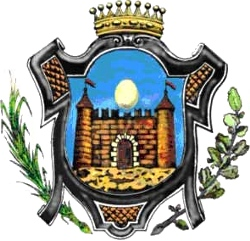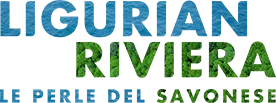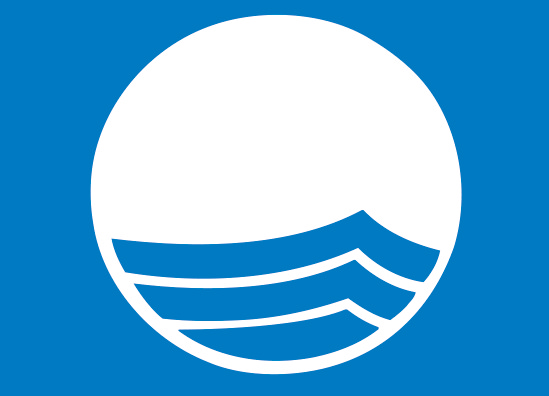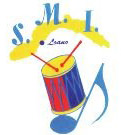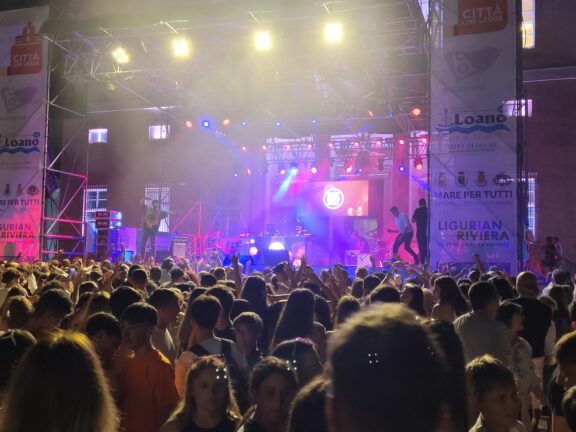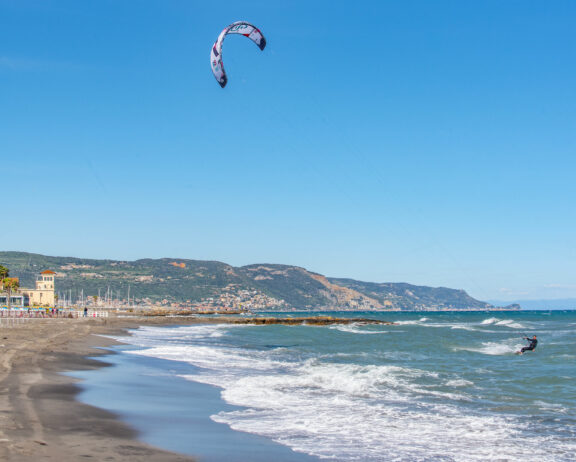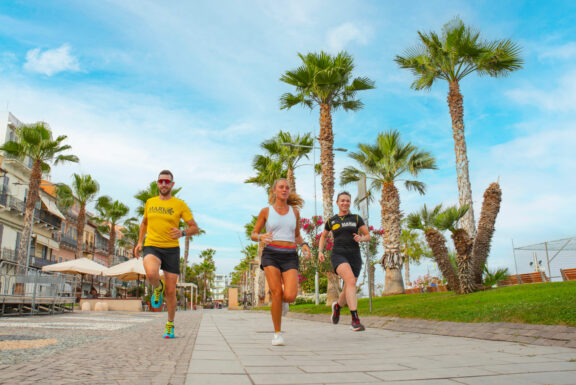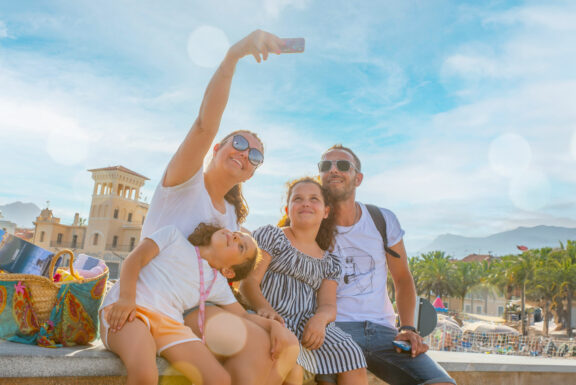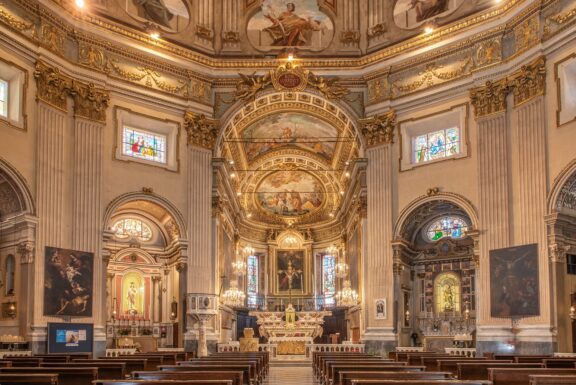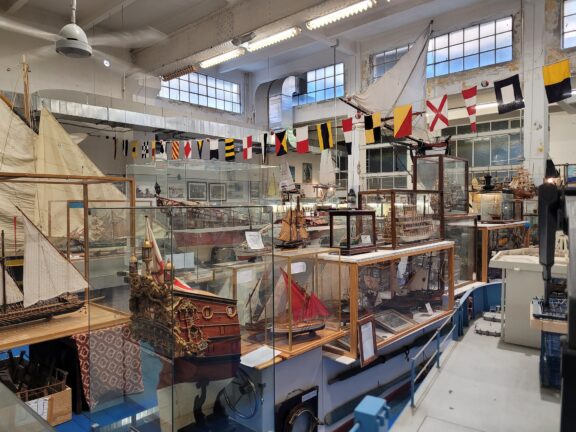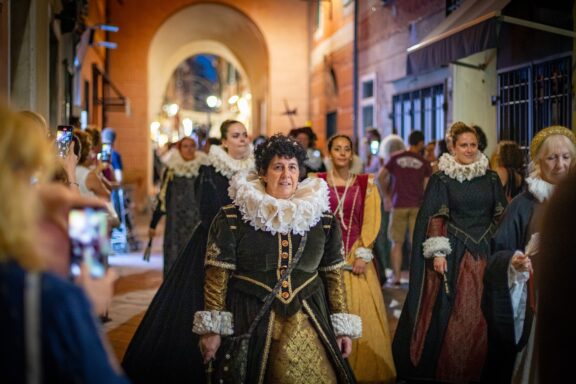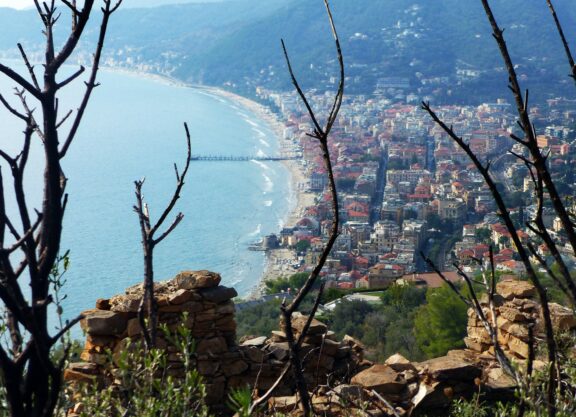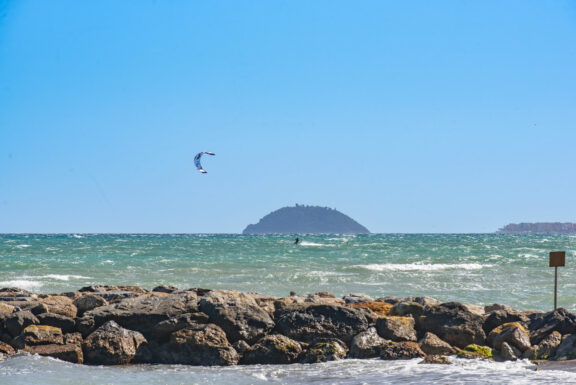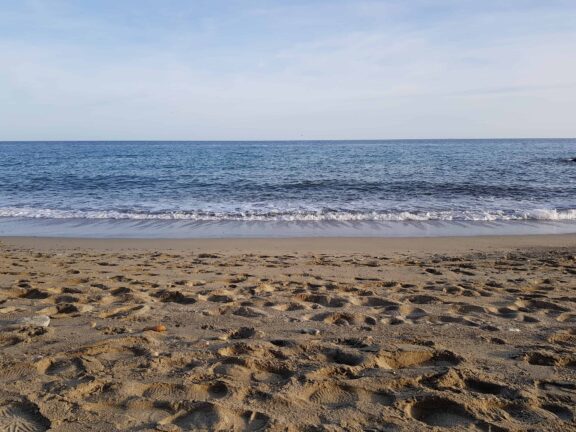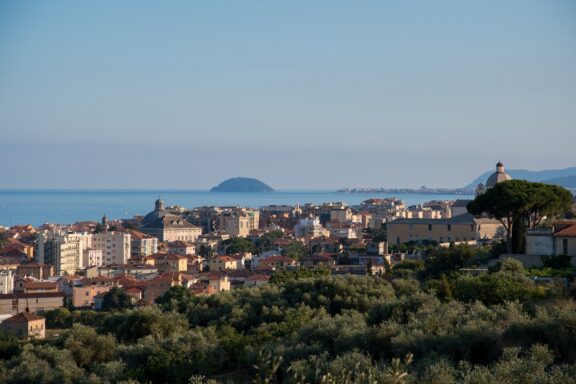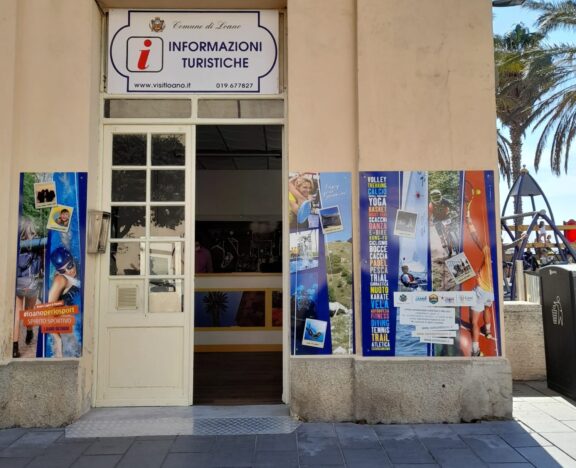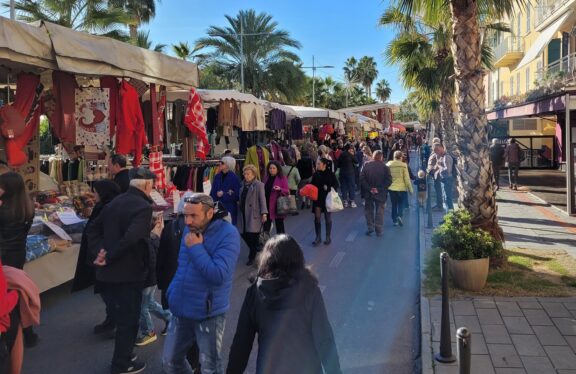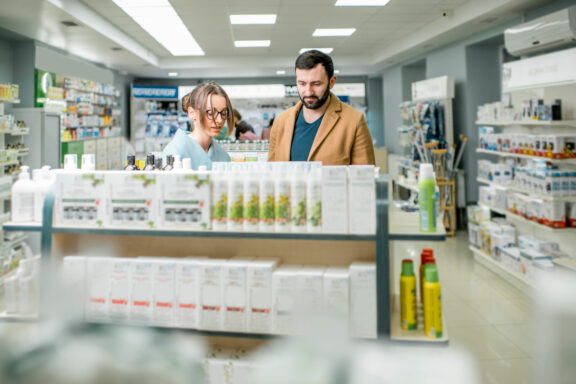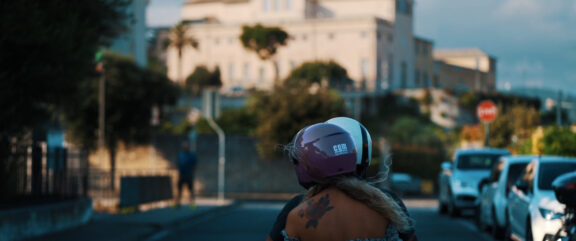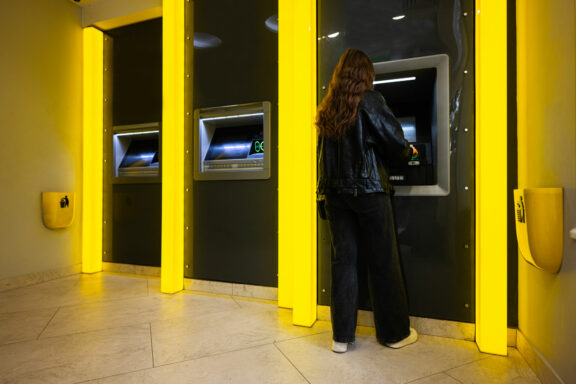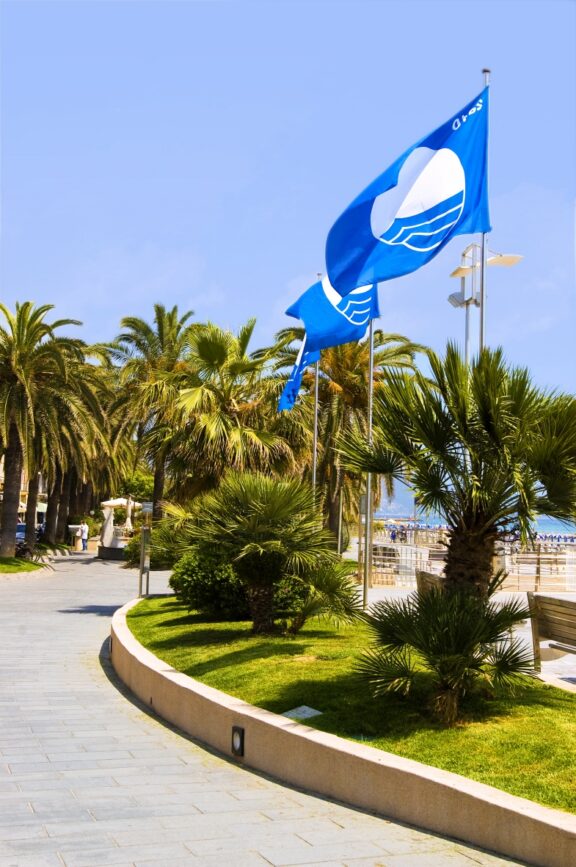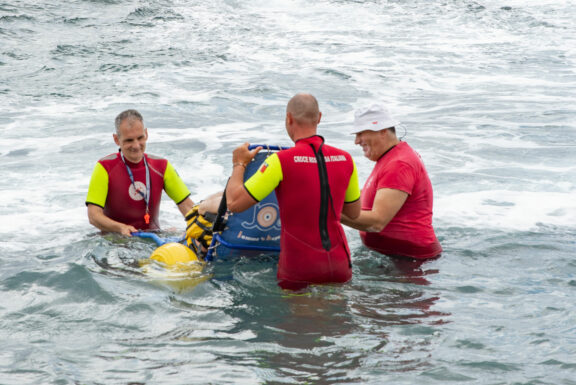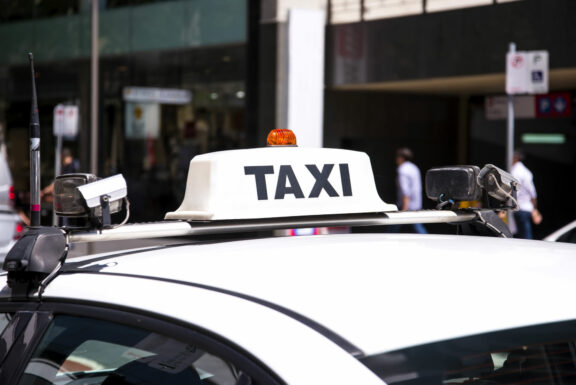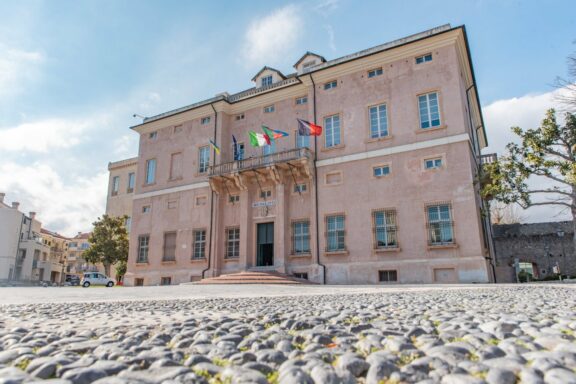Sorgente Pastunè e Santa Libera
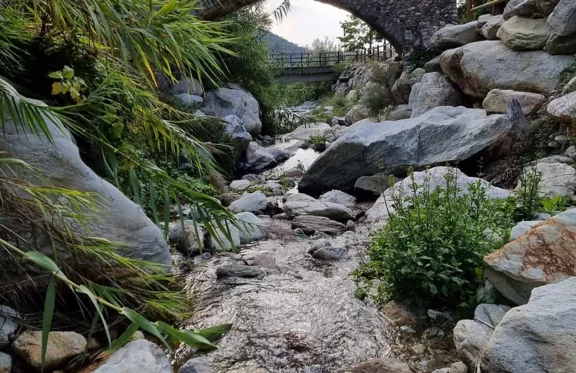
Today we are in Verzi, a hamlet of Loano, located on the first hill at the foot of Monte Carmo.
Our itinerary starts in the vicinity of the pizzeria ‘L’Agricola’, a historic Loano business where every evening you can enjoy a delicious farinata cooked in a wood-fired oven, strictly according to the ancient Ligurian recipe, which uses chickpea flour. It is right next door that we park our car.
The main village from which we start our walk is Borgata Case, which we follow slightly uphill until we reach the junction with Borgata Isola Superiore, on the left, where we cross a bridge over the Nimbalto stream. The road continues along a bend and then another, passing in front of the small church of the Visitation of the Blessed Virgin Mary to Saint Elizabeth, better known as the Chapel of the Isola.
The locality in which we find ourselves is characterised by low and very often rural houses, (some very well restored) dry stone walls, vegetable gardens and olive groves. We continue on without a break almost to the top of the road, where a concrete bridge crosses the stream that we have now passed on the right. We ignore it to stop instead at the square where there is a more characteristic Roman bridge, built near the “Pastunei” spring from which we fill our water bottles.
The area is very characteristic, a sort of small oasis of peace where you can relax while listening to the roar of the waters flowing towards the sea.
From time to time pools of crystal-clear water form between the stones and the foliage, and the reflection of the blue sky makes them look like small lakes.
We return to the main road and ignore the signpost indicating “Santa Libera” in the hamlet of Molini and continue to the right, still slightly uphill. We follow the stream along a path of wetlands and low shrubs. What strikes our attention are the numerous cultivations of eucalyptus plants in the Baby Blue and Cinerea varieties, almost exclusive to these areas and the Maremola Valley.
This is a strong and constantly expanding trend, oriented towards the development of the cultivation of ‘Ornamental Green’, also called ‘Green Gold’, which is so profitable that it sometimes leads to the conversion of orchards and olive groves. At the same time, cooperatives and consortia have been set up to supply the greenery. The market most interested in buying this type of plant is mainly Dutch and Belgian. Periodically the pruning of the foliage takes the turn of the general flower market in San Remo and then leaves for northern Europe.
Returning to the route, the end of the asphalt road coincides with the closure of the driveway to continue on a paved road with clear signs of MTB tyres. At this junction we are intrigued by a vegetable garden cultivated with cabbages, with some people working in it. As good storytellers always looking for anecdotes to tell, we draw attention to ourselves and Valentina Pistone, a young local farmer, approaches us.
We quickly made friends and told her about our project to promote the area, which also involves getting to know situations like hers.
Valentina, who was born in 1987, invites us to go through the handcrafted wooden gate, made mostly of recycled boards, and makes us sit on two overturned fruit crates.
overturned fruit crates. She tells us that her farm ‘Le Giaie’, founded together with her parents Silvano and Piera, has been operating for many years in the district, dividing its time between Verzi di Loano and Giustenice.
It is a typical example of a fractioned farm in the Ligurian hinterland due to the harshness of the land. Valentina has decided to maintain the rural tradition and to carry out, probably against the trend, a respectful agriculture, relying therefore a lot on manual work.
In 2009 she began her adventure at the helm of the family business, precisely three years after obtaining her diploma in Agrotechnics.
He describes himself as follows: “There have been many initiatives and improvements over the years, already started by my parents, who built the first tunnel structures in the early 1990s to allow the cultivation of vegetables throughout the year, and which are now present in Borgata Isola Inferiore here in Verzi. My direction has been to continue with the same passion what my parents started with such dedication and love, carrying on the activity with the ethical principles of healthy, natural and as sustainable as possible agriculture.
Every year I like to introduce something new to diversify the offer. In 2020 we started growing raspberries, after a careful study and research of fine varieties. We have now started processing our vegetables and fruit into preserves, for example tomato puree, vegetables in extra virgin olive oil and 80% fruit compotes. ”
Her products are sold every morning directly at the farmers’ market in Loano in Piazza San Francesco, or by home delivery, by contacting her on 339/1481990.
A chance meeting for us, which adds great value to the resources that our area can boast.
After saying goodbye to Valentina, who gave us a nice cabbage for the occasion (not very comfortable in the backpack, but still very welcome), we headed towards the final part of the Karma Trail, the second longest stage of the MTB Enduro World Series: 8.3km, with almost 1100m of elevation gain.
We ride it, obviously on foot, for about 400 metres, until we reach a fork, where we follow the left, abandoning it for good.
A long and gentle descent accompanies us through the scrub forest, causing us to lose some altitude until we reach the top of a flat valley, Mount Marmi, just 303 metres high.
From this point, despite the low elevation, we can still enjoy a beautiful 360° panorama of Loano and the Ligurian Sea, impossible not to capture it in a few shots. We make a sort of small loop at the foot of the hill and return to the dirt road where we ignored a signpost (gosh, we really didn’t see it) which directs us towards Santa Libera (20 minutes from here) through the Sentiero Liguria, stage 20.
The forest takes over again and we zigzag along some hairpin bends to reach a narrow asphalt road, via Santa Libera.
We follow it uphill, keeping to the left, and after passing a thick, well-kept olive grove with a few cottages used for storage, we come to the clearing at the top where the small church of Santa Libera stands.
The dedication of the small church of Borgata Quarzi to Santa Liberata dates back to the 18th century. The cult of the saint had arrived in the rural locality by sea; during the two wars that characterised the 20th century, the young people of Loano invoked the protection of the saint and at the end of the second conflict they carried her in procession. Every year, from 15 to 17 September, on the lawn in front of the Sanctuary, there is a traditional festival with typical Ligurian dishes and some specialities of “verzina” cuisine, organised by the Verzi Group Association.
The remains of the Saint can be found in the Parish Church of the Annunziata in Borgata Chiesa in Verzi, where the parish priest, Don Angelo Chizzolini, is always available to tell the story.
We thus pass the religious building and continue our itinerary along the panoramic road.
In a little less than a quarter of an hour we find ourselves in Isola Inferiore, which together with Borgarino and Castagnabanca complete the hamlets of the hamlet of Verzi di Loano.
Fonte: Due zaini e un camallo.






